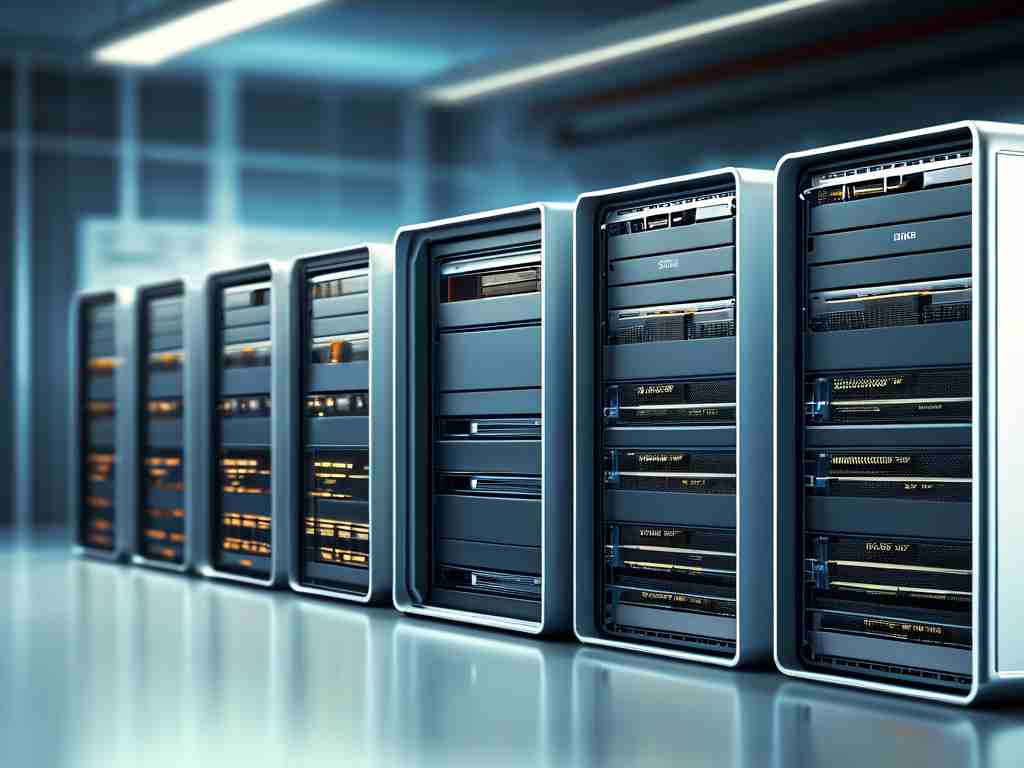Modern computing relies on precise methods of quantifying digital storage capacity. At the heart of this system lies a hierarchy of memory measurement units that define how data is stored, processed, and transferred. These units not only reflect technological advancements but also shape user experiences across devices.

The smallest unit of memory is the bit (binary digit), representing a single 0 or 1 in binary code. While individual bits are rarely discussed in everyday computing, they form the foundation of all digital operations. Eight bits combine to create a byte, the fundamental building block for representing characters, such as letters or symbols in text files. For example, the letter "A" is stored as 01000001 in a byte.
As data demands grew, larger units became necessary. The kilobyte (KB), equivalent to 1,024 bytes, emerged as a practical measure for early text-based documents. A plain text file containing 500 pages of a novel might occupy roughly 1 KB. The megabyte (MB), totaling 1,048,576 bytes, gained prominence with multimedia adoption. A three-minute MP3 song typically requires 3-5 MB of space, while high-resolution photos can range from 2-10 MB depending on complexity.
The late 1990s saw the rise of the gigabyte (GB) as software and media files expanded. One GB equals 1,073,741,824 bytes. Modern applications demonstrate this scale:
# Sample calculation for 4K video storage
minutes = 120
bitrate = 15 # Mbps
gigabytes = (minutes * 60 * bitrate) / (8 * 1024)
print(f"Storage required: {gigabytes:.2f} GB")
This code snippet reveals how a two-hour 4K video might consume approximately 26.37 GB.
Contemporary storage needs now frequently involve terabytes (TB), where 1 TB equals 1,099,511,627,776 bytes. Enterprise-level systems and personal cloud storage solutions often operate at this scale. A TB could store approximately 250,000 high-resolution photos or 500 hours of 4K video footage.
Beyond conventional consumer needs, massive data centers utilize petabytes (PB) and exabytes (EB). One PB contains 1,125,899,906,842,624 bytes – enough to store the entire printed collection of the U.S. Library of Congress nearly 20 times over. Cutting-edge research facilities working with particle physics experiments or genomic databases routinely handle EB-scale data.
The theoretical upper limits include zettabytes (ZB) and yottabytes (YB), each exponentially larger than their predecessors. While not yet common in practical applications, these units highlight the accelerating growth of global data generation. Current estimates suggest humanity will create 181 zettabytes of data annually by 2025.
Understanding these measurements helps users make informed decisions about hardware purchases and data management strategies. When selecting a storage device, consider both current needs and future scalability. For instance, a casual user storing family photos might find 512 GB sufficient, while a video editor working with 8K footage would require multiple TBs of high-speed storage.
The evolution of memory units also impacts software development. Programmers must optimize code for memory efficiency, balancing performance with resource consumption. A poorly optimized application that leaks megabytes of memory could degrade system performance over time, while efficient algorithms might process gigabytes of data using minimal resources.
As quantum computing and advanced AI systems evolve, new measurement paradigms may emerge. However, the current binary-based hierarchy will likely remain relevant for conventional computing architectures. By grasping these fundamental units, users and developers alike can better navigate the digital landscape, from smartphone storage management to enterprise cloud infrastructure planning.






